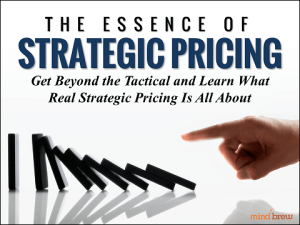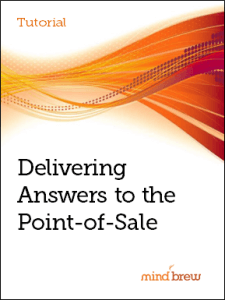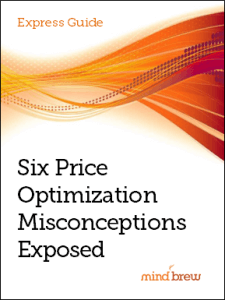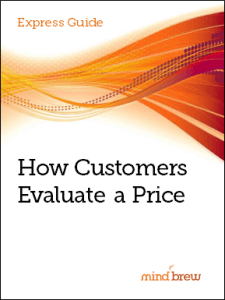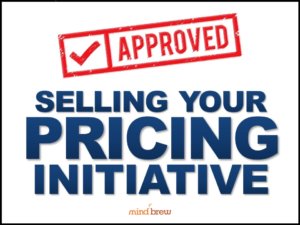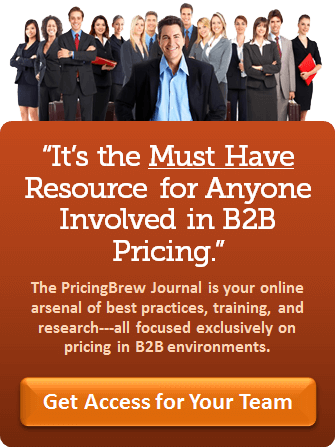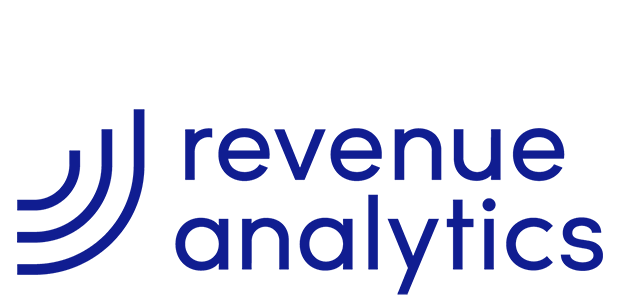From job titles to seminar workshops, the term “strategic pricing” seems to get thrown around quite a bit these days. And while putting “strategic” in front of anything certainly makes it sound much more important, what does it actually mean?
Some define strategic pricing as value creation. Some define it as being competitively aware. Still others will use it to describe establishing a company’s price levels and bands. There are a number of definitions and unfortunately, they don’t all agree.
So, we decided to ask the PricingBrew Network for their thoughts on the subject…
But, we didn’t ask them to define the term. Rather, we asked them to describe the differences between strategic and tactical pricing. How are the goals and objectives different? How are the outcomes different? How are the activities different? What is the intent of a strategic pricing person relative to that of a tactical pricing person?
And from their answers, we were able to develop the following definition:
Of course, this definition has broad implications…because it goes well-beyond just creating numbers and moving them around. And, it goes well-beyond enforcement and compliance. In fact, this definition encompasses all of the other definitions, from value creation and being competitively aware to establishing price levels and beyond.
To some pricing people, this type of broad definition will be scary. Some people simply prefer to have a more defined “box” within which to operate. And truth be told, some people just prefer to be able to point fingers at other groups when things don’t turn out.
But to other pricing people, this definition will spell opportunity. To them, this definition will be a license…a license to go after anything and everything that ultimately affects the prices a company can command in the marketplace.
So…where do you stand? Are you scared? Or do you relish the opportunity?

